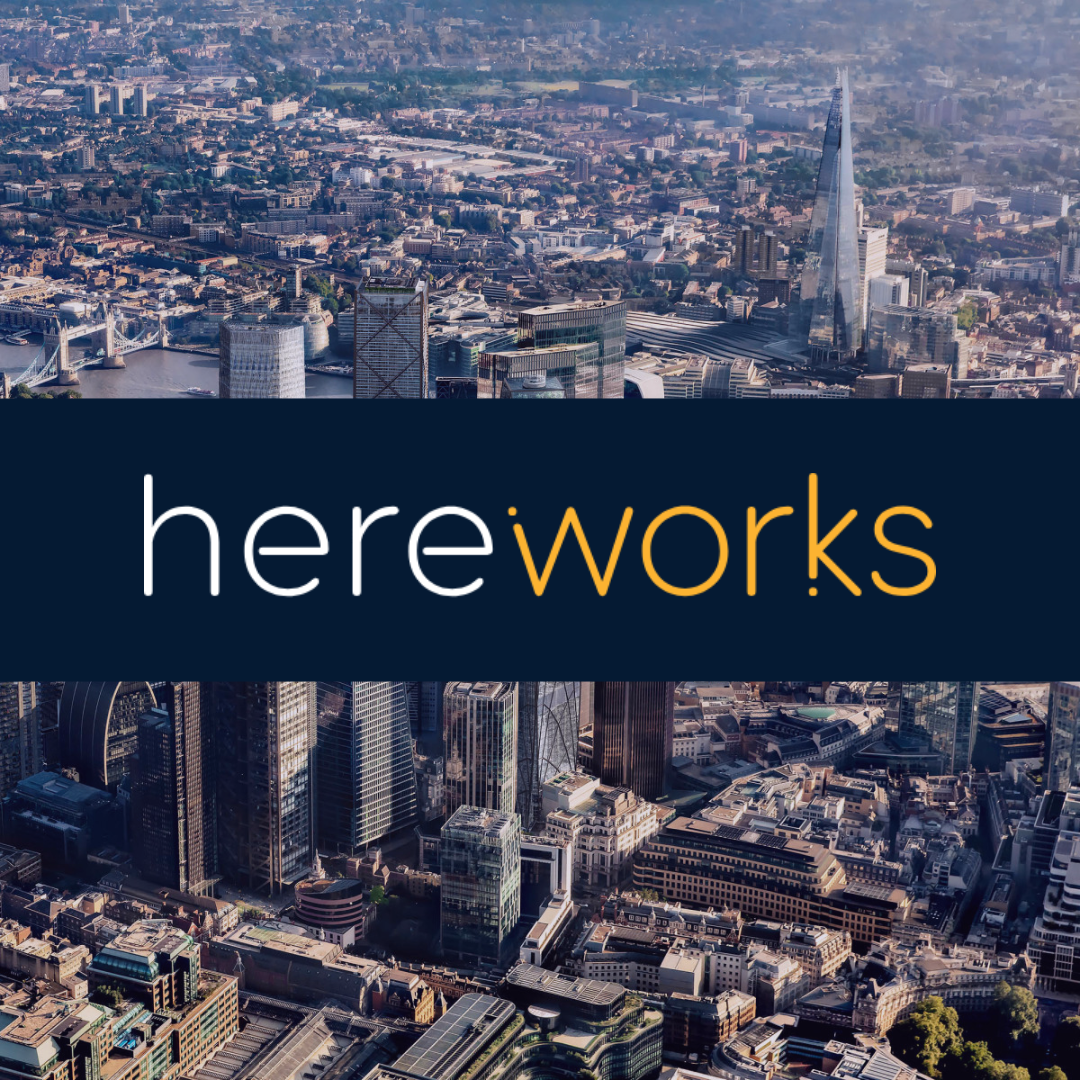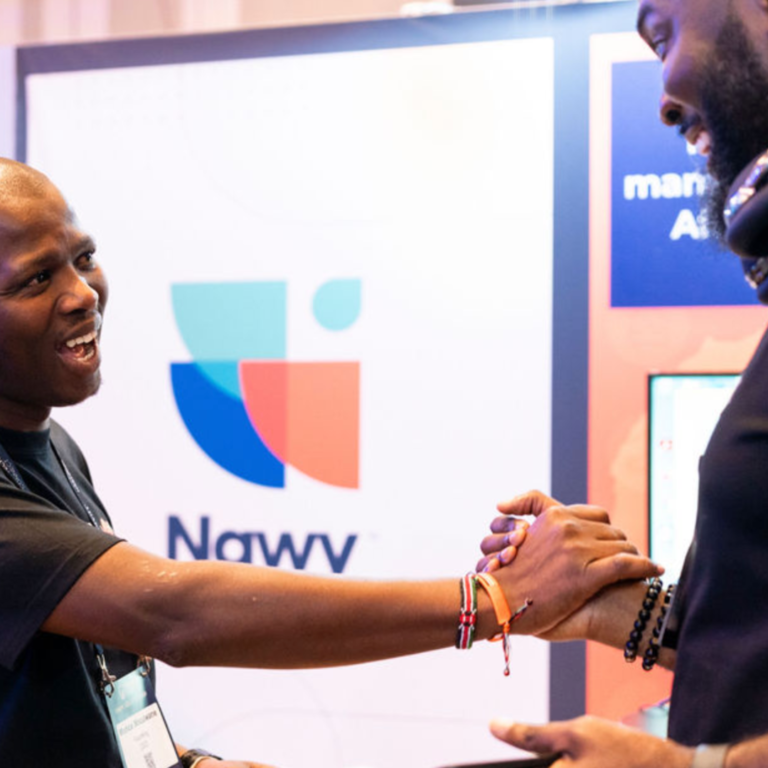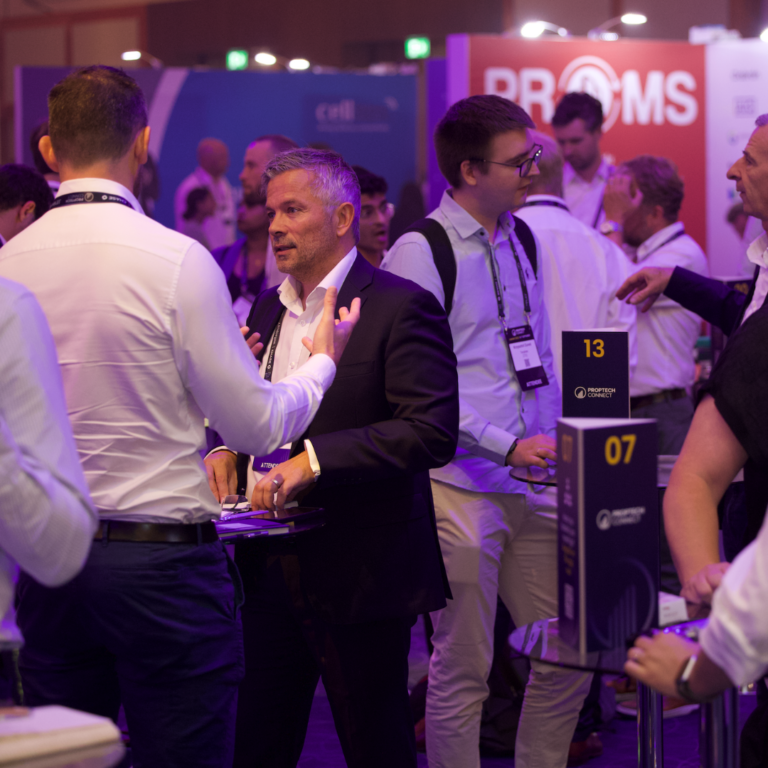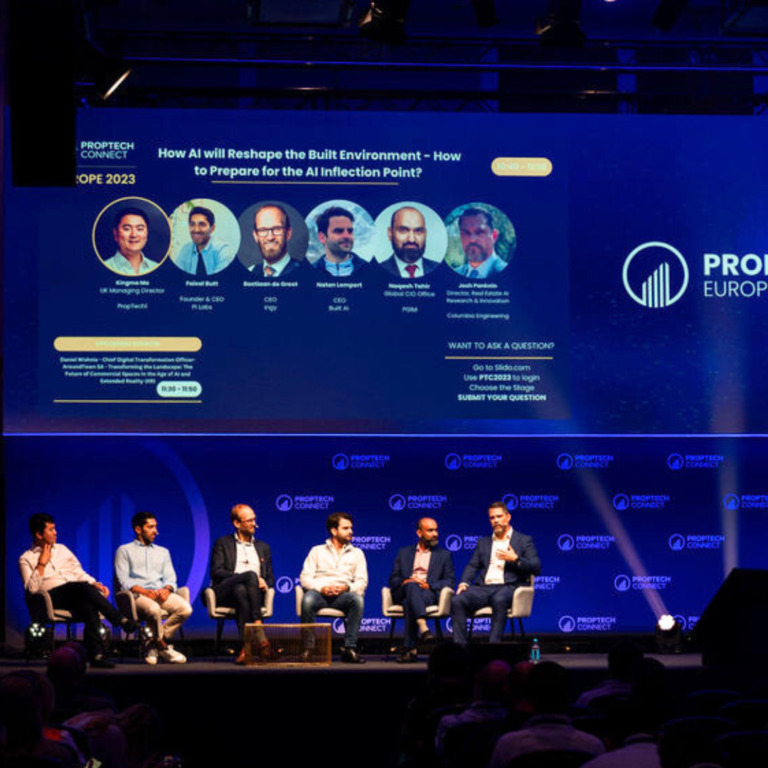

Article from hereworks.
What do you think of when someone says smart building? How many times has someone said I want this building to be smart?
Smart buildings mean very different things to different people. Some think of bucket loads of sensors, tons of data and maybe screens everywhere, some think of energy efficiency, and others imagine Artificial Intelligence (AI) receptionists and robot cleaners.
When designing a building today, I believe we need to concentrate on them being smart ready. We start designing buildings years before they will reach Practical Completion (PC) and, given the rate at which technology evolves, if we even attempt to plan the smart technologies now, they will be extinct by the time the project reaches the site let alone PC. Instead, we need to design smart ready buildings.
So, what are we really trying to achieve?
Optimising for energy efficiency is a given, but critically smart ready buildings should be able to adapt their operation to the ever-changing needs of the occupant. Future buildings need to be agile and offer insights as to what might improve the user experience for its occupants, improve well-being and thus improve productivity.
Remember, we’re not only talking about smart buildings but smart campuses and smart cities – the volume of data means that no human could possibly see these insights on their own, so we need to get the data ready to be analysed by AI Models and Machine Learning (ML) Algorithms.
What types of insights might a smart building offer?
Well, that might be different for every company, city or campus out there, and furthermore, if we knew what those insights were now, then what would the point be in undertaking projects to find out? There could be correlations between building performance and staff performance. There could also be links between trends in occupancy and absenteeism. Weather and bin usage? Queues at the canteen and customer satisfaction?
I believe Isaac Asimov put it very well when he said:
“The most exciting phrase to hear in science, the one that heralds new discoveries, is not “Eureka” but “That’s funny…”
In other words, the things we were not expecting are the most insightful. Smart buildings are not a case of one and done or problem solved. We want to continually learn new insights and make iterative improvements. So, if we make our buildings smart ready, then these insights will start to flow immediately after the First Day of Business (FDOB).
Smart buildings also need to be secure, that’s a given too… or is it? Today we are focused on the security of our IT systems, user awareness training, and social engineering attacks, but then we overlook the half a dozen IOT sensors we just installed that send data to 3rd Party cloud services, some of which we never even see or use. We worry about GDPR and Personally Identifiable Information (PII) but often overlook the occupancy sensor or people counter. By analysing just, the pure volume of data from these types of sensors, even in their encrypted form, cyber criminals could tell a lot about what is happening in a building, room or desk!
What are the Main Activities for a smart ready building?
What practical things can be done when planning for a smart ready building?
In summary, don’t try to pack every shiny new piece of technology in for Practical Completion, that’s not what it’s about. Work with the basic systems you have and design the data model.
A smart ready building’s journey is only in its infancy at PC, systems can be upgraded and added to over the building’s lifetime if proper infrastructure and data model has been defined pre-construction.
The exciting bit starts when the building moves into use. It’s how we use this data that truly makes the building smart.
How agile can this building or campus become? How do we maximise space utilisation? Smart commercial buildings can have multiple innovative uses that span well beyond the 9-5 pm of the daily workday. Public, private, work, entertainment even artistic uses spring to mind.
Applying AI Models and Machine Learning to this data also leads to predictive maintenance resulting in less downtime, energy savings and fewer disruptions in the building.
For a truly smart building to emerge we need to get ready first!
Join our community of 200,000+ real estate leaders and get weekly insights and updates with our newsletter.









*Offer ends on Friday, 7th February.
